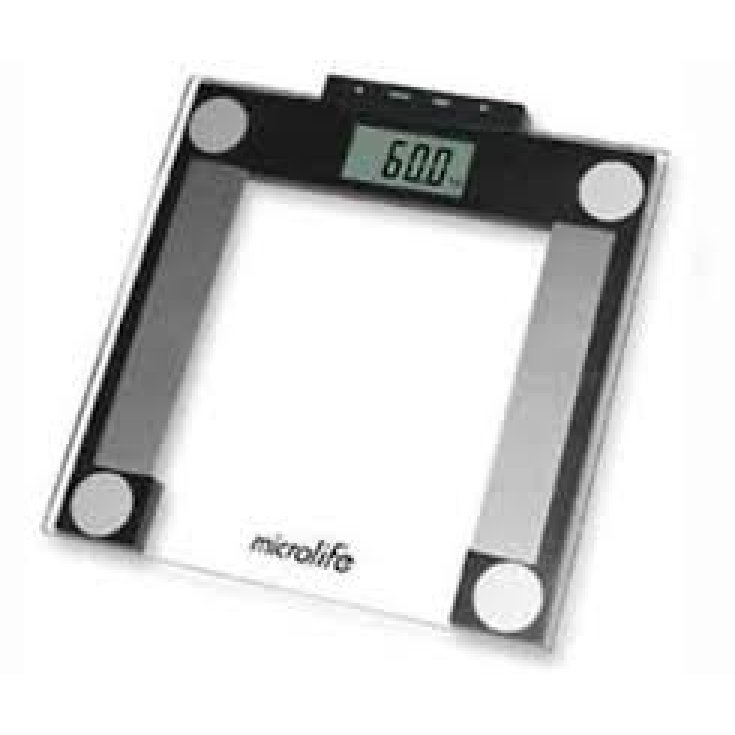Microlife Body Fat Weight Scale

- Brand: MICROLIFE AG
- Product Code: 923133146
- EAN: 4719003669058
- Availability: In 10 - 14 Days
- Purchase 3 items for 55.30€ each
- Purchase 4 items for 54.17€ each
- Purchase 5 items for 53.04€ each
Microlife
Body Fat Weight Scale
It is important to understand an individual's body composition in order to be able to assess their health status. For this purpose it is not enough to know the weight but its needs must be defined, this means splitting the body into its two major components:
Lean mass: bones, muscles, water, etc.
Fat mass: adipocytes
Fat Mass
The total fat mass is calculated by adding the essential fat (or primary fat) and the accumulated (or storage) fat. Essential fat is needed for metabolism and a fraction of the storage fat, which is theoretically in excess, is needed for those who exercise. Therefore, the normal percentage of fat mass relative to body weight is about 16% for men and 27% for women.
Body water
For the correct control of the ideal weight, it is important in addition to the weight, to compare the body fat and the percentage of body water. Body water percentage is an important indication of an individual's overall 'well-being' level as water is the most important component of body weight and accounts for over half (approximately 60%) of total weight. The Microlife body fat scale allows you to analyze your composition and automatically calculates your body fat and the percentage of water in relation to height, age and gender.
Bone mass
Bone mass increases rapidly in childhood and peaks between the ages of 30 and 40.
It slowly decreases with advancing age. A healthy diet, regular physical activity that also increases the muscles can help limit the degeneration of the bones. However, little influence can be attributed to bone mass. The bone mass of an adult corresponds to 15% for men and 12% for women.
There are no recognized guidelines or recommendations regarding bone mass.
Muscle mass
Muscle mass is important in determining a healthy body composition. A person with a higher percentage of muscle mass finds it easier to move but needs more energy to do so. Physical activity is very important for keeping the body healthy and the percentage of muscle mass is a useful indicator to control it. The normal percentage of muscle mass in relation to body weight is between 38% and 54% for men and between 28% and 39% for women depending on age and level of physical activity.
Body Mass Index
Body mass index (BMI) is a simple weight-by-height index that is commonly used to classify underweight, overweight, and obesity in adults. It is calculated by dividing the weight in kg by the square of a person's height in m. However, it overlooks the fat portion in muscular or athletic people.
According to the WHO (World Health Organization) the classification according to BMI is as follows:
Normal: 18.50-24.99 kg / m2
Underweight: less than 18.50 kg / m2
Overweight: over 24.99 kg / m2
Obesity: over 29.99 kg / m2
Basal Metabolic Rate (BmR) in kcal
The BMR indicates the energy requirement necessary for the body in a state of absolute rest to carry out its basic vital functions. About 70% of the total human energy consumption is due to the basic life processes of the organs.
About 20% of an individual's energy consumption is due to physical activity and the remaining 10% to the digestive process.
An estimate can be obtained by using an equation that uses age, gender, height and weight. The method of analysis used is scientifically known as the HARRIS-BENEDICT formula.
Check your weight correctly!

